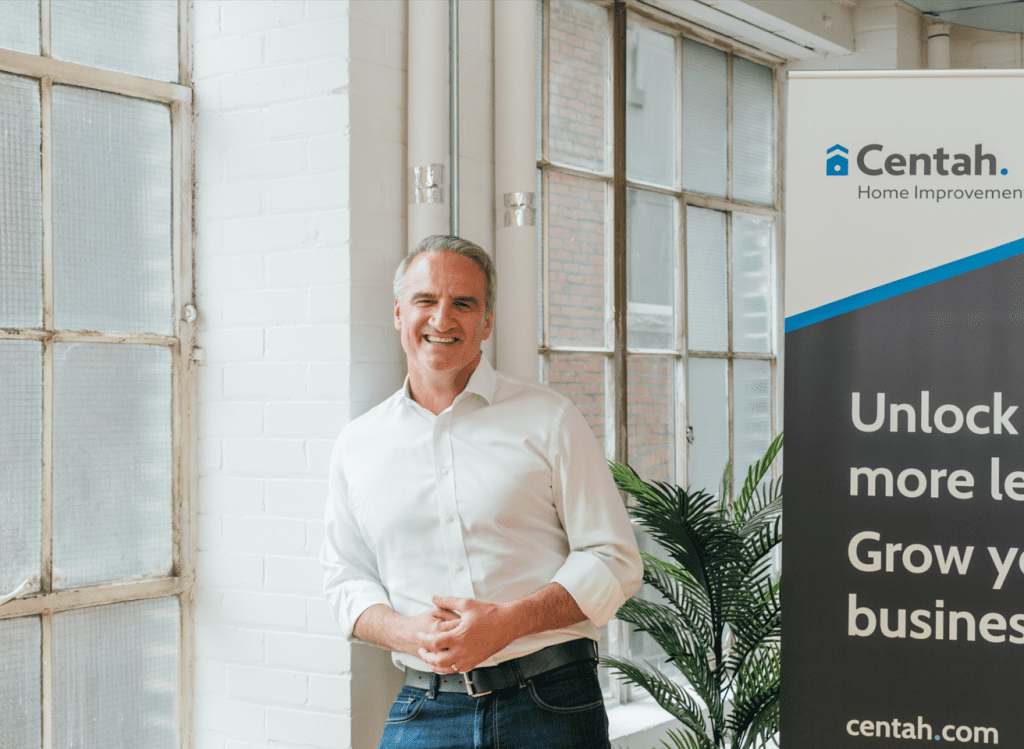Just over a year ago, the New York Times published what would become a widely-read article on Toronto’s technology industry, describing it as a “quietly booming tech town.” Before that, Canada was dubbed Silicon Valley North, a region to keep an eye on for extreme growth in the tech industry. This was a warranted moniker as the industry continued to see 100’s of millions of dollars in funding funneled from company to company, creating jobs for thousands of Canadians in the process. Recently though, gravity has taken hold, and like all things that go up on this planet, they must eventually come down.
As we have seen in many recent articles, technology industry leaders in Canada have laid off large percentages of their workforce over the past year. While layoff news and budget misses continue to rock the tech industry, I would argue that there are still ample opportunities for companies to find effective ways to thrive in this environment — they just need to know what to look for.
In 2022, the Canadian Venture Capital and Private Equity Association (CVCA) reported that the Canadian tech sphere raised $10 billion across 706 deals. This accounted for the second-highest year on record for Canadian tech, but in 2023, the deals have slowed down. So far, Q1 alone funding saw an 82 percent decline in the amount invested compared to the same time last year, and a 67 percent drop in the number of deals to date. However, even with the decrease in the amount invested, there were still 55 deals made in Canada, totaling $876.2M. This presents a strong opportunity for companies to pull ahead by strengthening and tightening their business at the crucial beginning stages, as opposed to post-investment.
All of this to say that times have clearly changed. To address this new paradigm, I’ve attached my suggestions for Canadian tech founders on how to navigate these uncertain times and even use it to their advantage.


Speak to the current state of the investment community
Firstly, be reasonable about both your pre-money valuation and your spending projections. Gone (for the time being) are the days of $20M pre-money valuations on a powerpoint presentation. When approaching investors in the early stages of your business, be realistic about your growth projections and the minimum cost to get there. This will make the business opportunity more palatable to investors who may not be willing to fund your goal of taking on Google in year one.
Secondly, be adaptable. A willingness to modify your plans after receiving initial feedback from potential investors is important. Flexibility is crucial in a scarce market and adapting your plans to fit investor interests or needs could be the difference between receiving capital or not.
Finally, balance out your BHAGs (big hairy audacious goals) with more realistic and achievable short-term targets.This is necessary to ensure both your internal teams and external stakeholders are engaged.
Lean on potential partners, collaborators and accelerators
Mentors and industry collaboration will almost always steer you in the right direction. Learning from the community is invaluable, and in our current environment, it may also serve as an effective tool to source additional financing.
Working closely with regional incubators or accelerators, or finding strategic ways to partner with a complementary organization will help expose you and your company to new markets, audiences, and potentially funders. Oftentimes, these agents will provide guidance on new territories for additional funding, or if the organization is part of a larger corporation,it could create an acquisition opportunity.
Additionally, partnering with other tech companies could double your budget. This is where flexibility, creativity, and collaboration comes into play; how might you work with others to gain access to additional funds via an innovative offering, new product, or pilot?
There’s no better money than Free Money. Utilize government grants available to you.
These opportunities may take some additional digging, but there’s often quite a bit of funding available for early-stage tech startups. Some of these are broader in nature and may be applicable to a larger group of companies, but others are niched, which helps curb the number of competitors seeking the funds.
I strongly recommend taking the time to find these opportunities, putting the work into developing a solid application, and speaking with representatives to find out how to make your submission reflective of their wants. Government funding may not be as ‘sexy’ or provide the same rush that venture capital does, but if it’s going to support growth and pay the bills, there’s no shame in doing everything you can to get your hands on that cash.
Remember that opportunities still exist in recessionary periods
One of the most important lessons to remember is that opportunity always exists — sometimes there may be less, but it’s never completely gone. Some of Canada’s most successful tech organizations were born in recessionary periods, including Financeit.
When we started Financeit in 2007, we were staring down the barrel of a massive global recession. However, our fastest growth to date was immediately following the financial crisis. This was due in large part to the market being less crowded, allowing us to grow significantly. If you have a solid business model and keep the business as lean as possible, there will always be investors looking to jump into the market.
Try and find ways to take advantage of this smaller competitive landscape. Less noise allows founders and businesses to truly stand out, should they be armed with a strategic and environment-appropriate proposition.
And never forget — there’s money out there for us all. We just need to adapt our approach to the realities of today.















